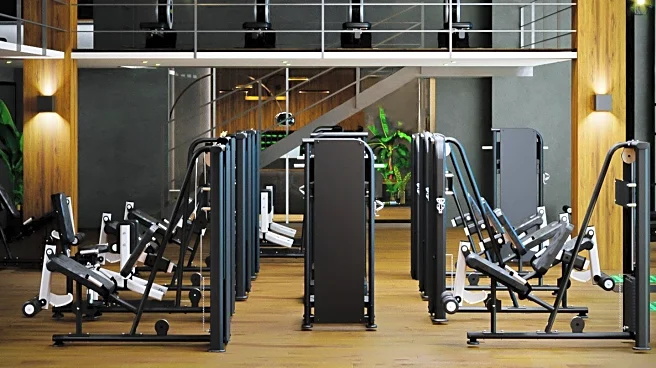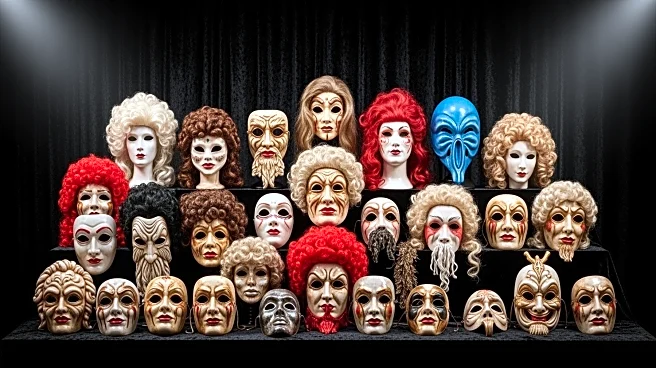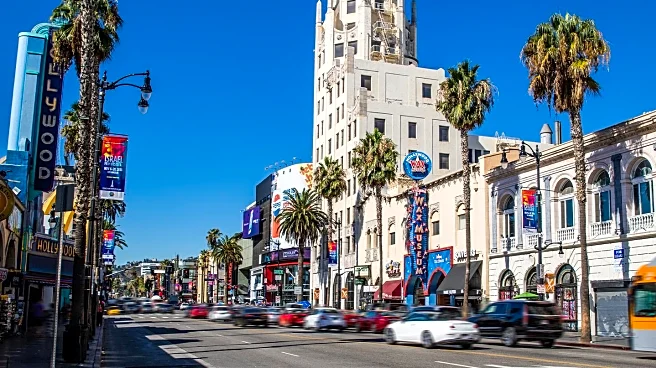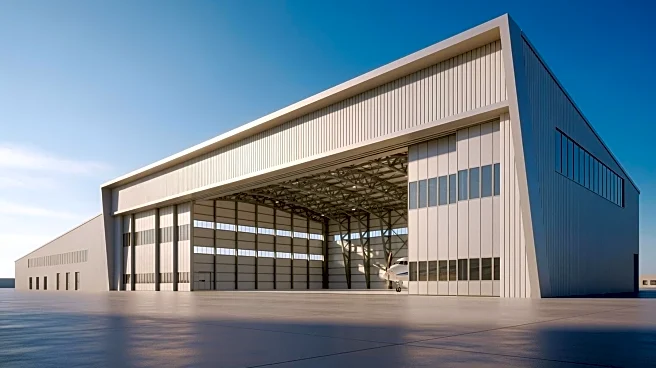What's Happening?
The Gym Venice, located in Los Angeles, is catering to individuals over 40 by providing specialized strength training programs. Owner Kris Herbert emphasizes the unique needs of older adults, who may face
challenges such as limited mobility, joint issues, and conditions like osteoporosis and arthritis. The gym offers a personalized approach, starting with a full body assessment to design customized training programs. The facility limits attendance to ensure a focused environment and employs trainers skilled in working with older clients. The gym's equipment is designed to be low-impact, reducing strain on joints and supporting safe exercise routines.
Why It's Important?
As the population ages, there is a growing need for fitness programs that address the specific health concerns of older adults. The Gym Venice's approach highlights the importance of maintaining strength and mobility to prevent injuries and improve quality of life. By focusing on building muscle mass and improving posture, the gym helps clients manage age-related health issues and maintain independence. This trend reflects a broader societal shift towards proactive health management and could influence the development of similar facilities nationwide, benefiting both the fitness industry and public health.
What's Next?
The Gym Venice may inspire other fitness centers to adopt similar models, focusing on the needs of older adults. As awareness of the benefits of tailored fitness programs grows, there could be increased demand for specialized training services. This could lead to more gyms offering age-specific programs and potentially influence insurance companies to consider covering such services as part of preventative health care. Additionally, the success of The Gym Venice could encourage further research into the most effective training methods for older populations.
Beyond the Headlines
The rise of gyms like The Gym Venice underscores the cultural shift towards valuing health and wellness at all ages. It challenges stereotypes about aging and fitness, promoting the idea that physical activity is beneficial and achievable at any stage of life. This movement could also have economic implications, as it creates new opportunities within the fitness industry and encourages older adults to invest in their health, potentially reducing healthcare costs in the long term.











